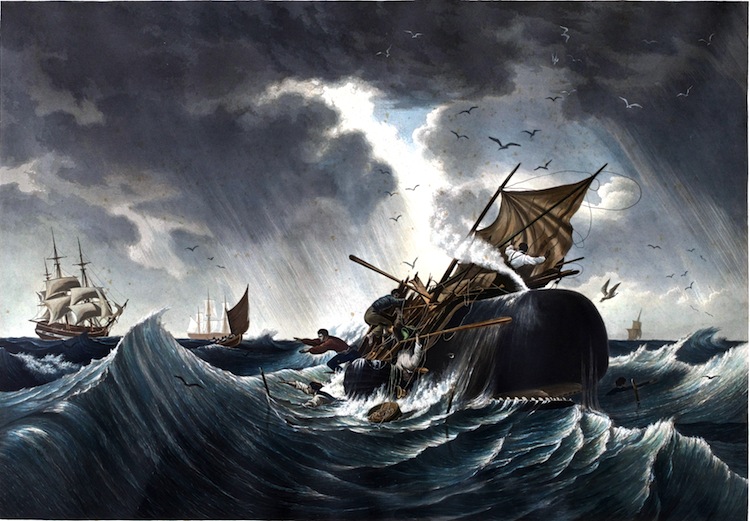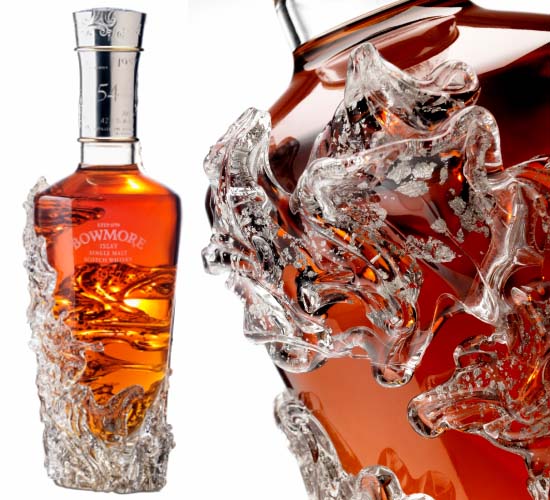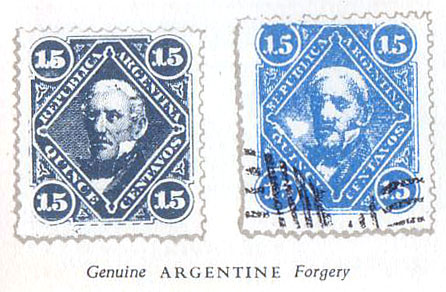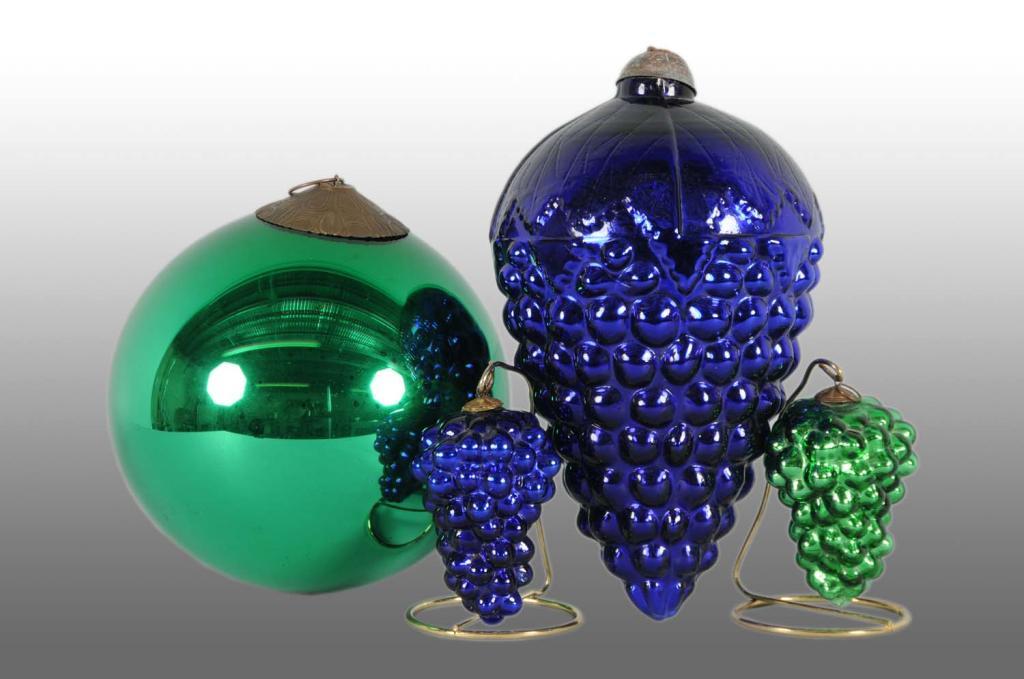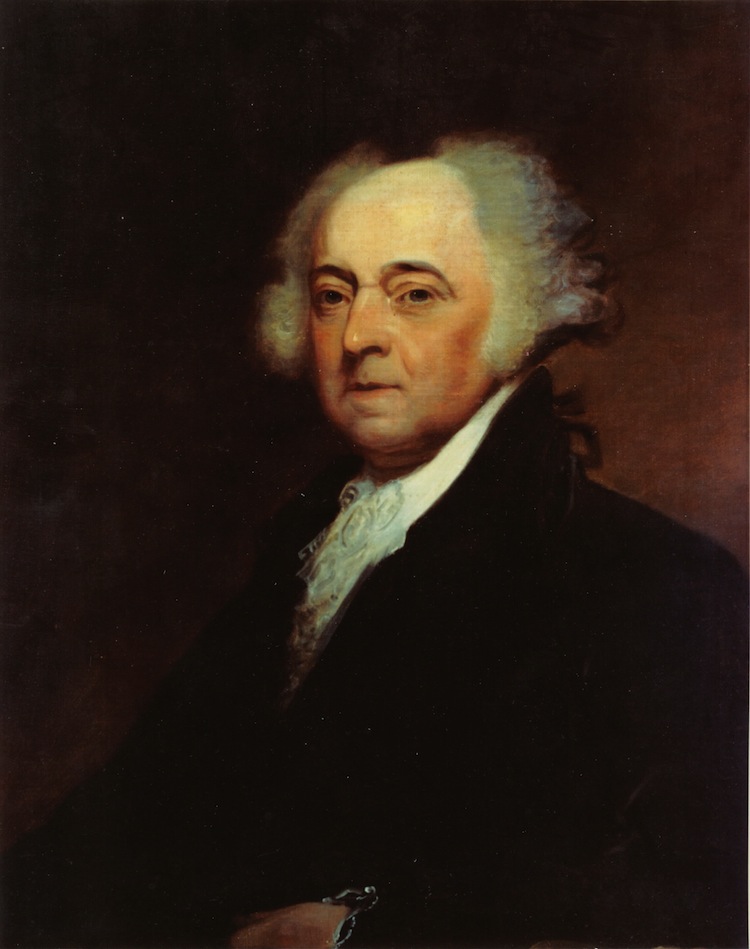THAR SHE BLOWS
by Bob Brooke
“Hard loads of greasy luck,”
or whaleships full of whale oil, helped to build the fortunes of many New Englanders. Once the primary industry along the coast of New England, from Long Island to Connecticut to Massachusetts, whaling, as with many industries fell victim to changing needs and changing technologies.
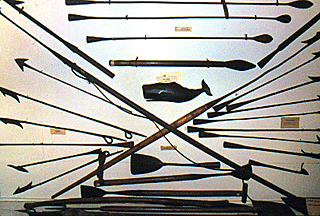 For years, only a handful of specialized collectors gathered the bits and pieces of memorabilia left from this once great business. Environmental concerns of the last several decades decried whaling, so those who collected any items having to do with it stayed in the background.
For years, only a handful of specialized collectors gathered the bits and pieces of memorabilia left from this once great business. Environmental concerns of the last several decades decried whaling, so those who collected any items having to do with it stayed in the background.
Today, that’s no longer the case, as auctions and sales of whaling paraphernalia fetch higher and higher prices.
In 1857, at the height of the whaling in America, forty-three ports registered whaling ships in the Northeast, with New Bedford, Massachusetts having the largest fleet with 329 active ships. Almost 10,000 men worked aboard these ships, supported by thousands more on shore.
A Brief History
Man in ancient times discovered that the whale carcasses that occasionally stranded ashore contained valuable blubber. By the 19th century the market for whale products was substantial. The heyday of whaling occurred from about 1810 to 1870, when hundreds of Yankee ships carried men from Cape Cod, Nantucket or New Bedford in Massachusetts, Narragansett in Rhode Island, and Sag Harbor, Cold Spring Harbor and East Hampton out on eastern Long Island, New York.
At first men hunted only right or baleen whales close to shore, but when Christopher Hussey of Nantucket accidently stumbled on a sperm whale after having been driven off course in a gale, whalemen began to hunt sperm whales for spermaceti oil, a valuable lubricant for watches and delicate instruments. Spermacetti, a waxy substance retrieved from the so-called junk found in the head of sperm whales, yielded two valuable products–a high-grade oil and a superior wax for candles. The manufacture of drippless, smokeless, bright-burning spermacetti candles originated in Rhode Island in the second quarter of the 18th century and has been called the first industry in America, eventually making these candles one of the most valuable products made in New England.
They also hunted right and bowhead whales for oil and baleen–often mistakenly called whalebone–the elongated plates of elastic, horny matter that hangs from the upper jaw of these whales is used to strain out food from sea water. As the 19th century wore on, baleen became increasingly significant as a raw material for corset stays, carriage springs, umbrella ribs, buggy whips, shoelaces, hat brims, collar stays and skirt hoops.
In the years before electricity, people depended on whale oil and lamps to light their homes. Oil lamps, used in every situation from the forecastles of ships to the finest Victorian parlors, were fitted with a special burner for whale oil said to have been invented by Benjamin Franklin .
Whaling Ships
Yankee vessels of the 19th century, especially those built specifically for whaling rather than converted from other uses, were of a type built to withstand diverse climates from Equatorial heat to Arctic ice. Bluff bowed, straight sided, and spacious to accommodate provisions and supplies for voyages of two to three years and homebound cargos of 2,000 to 3,000 barrels of oil and several thousand pounds of baleen, they were sheathed in copper to protect their hulls against chaffing and tropical parasites. They also contained various distinctive fixtures, such as a starboard-side blubber cutting apparatus, a mid-ship try works and a mast head fitted with padded rings for lookouts aloft.
A Yankee whaleboat of the 19th century was the highly evolved result of 300 years of hunting whales in all types of climates and virtually every corner of the globe. Extremely fast and maneuverable, these boats could be rowed or sailed. When rowed they’re steered with a large mounted sweep oar at the stern, and when sailed, the center board and detachable rudder were sometimes used in making the initial approach to the whale. Whalemen stowed three lances under the top edge of the starboard side and three extra harpoons on the port side. The whaleboat also carried two tubs of lime, oars, paddles, hatchet, shouldergun, bomb lances, spade drug, and water keg–in all 48 articles–as well as a crew of six–a boat steerer, harpooner, a mate and four oarsmen.
Once a whale was captured and the grueling process of cutting-in (flensing off the blubber) and trying-out (rendering the blubber into oil in the tryworks on deck) was completed, the 20-30-some men were free to clean and prepare the ivory and bone for scrimshaw and practical objects made of bone and wood.
While many antique collectors are familiar with scrimshaw, the folk art form created by homesick whalemen who incised drawings into the surfaces of ivory and bone as gifts to their sweethearts back home, few know much of the implements used in the everyday life of the whaling industry.
To begin with, there were eventually 23 types of harpoons, including the single and double fluted variety, as well as the electric and barbed harpoon. The most famous and the one that simplified whale hunting almost overnight was the Temple Toggle Iron. This harpoon, invented by African American shipsmith Lewis Temple of New Bedford in 1848., offered significantly improved tenacity through a toggle that prevented the harpoon from pulling free of the whale’s blubber by locking in a crossed position once inside the whale.
An earlier improvement on the standard harpoon was the Greener’s Gun, a harpoon gun made in Birmingham, England and introduced in America in 1837. Were it not for the utility of the Greener’s gun, the coast fishery of whales would have been abandoned since it was often impossible to strike whales with a hand harpoon.
Hunting the Whale
After the harpooner got a line attached to the whale, the whaleboat went on what was known as a “Nantucket sleighride,” with the giant whale pulling up to three whaleboats over the waves for three hours or more–or until it got tired. Then it was the first mate’s turn to kill the whale by driving a sharp lance into its heart and lungs. At first, only a sharpened steel lance was used, but in 1869, whaling Captain Ebenezer Pierce, in conjunction with a gunsmith, developed the bomb lance, a brass breech loader which could fire either a harpoon with a line attached or a small bomb.
When the whale spouted blood, the mate would cry, “There’s fire in the chimney,” signaling that the whale would soon die. It’s body was towed back to the ship and secured to the side with humpback irons. A monkey rope was used to lower a seaman from the deck to back of whale. He would then use a cutting spade to cut into the blubber at three-foot intervals, rolling the whale around as he cut. He then would slice a hole in one end of the strip of blubber and a 3’x10′ section of it, called a “horse piece,” was hoisted onto the deck to be cut into “Bible leaves” by crew members using mincing knives. Then another crew member would use a blubber fork to load the minced Bible leaves of raw blubber into one of two cast iron trypots or oversized kettles built side by side into a brick oven called a tryworks. Another used a skimmer or strainer to remove the cracklings of spent blubber from the trypot to be used as fuel. Later, someone used a dipper or bailer to remove the rendered oil from the trypot and place it into the cooling tank alongside.
Before all of this was done, however, a crew member cut the head of the whale from the body and hoisted it on deck. Another seaman used a similar dipper to remove the spermaceti or case oil from a pocket in the whale’s head called the case and poured it into barrels.
A bow gauge calibrated the external measurements of the various size containers in which oil was stored–standard barrels, hogsheads, butts, puncheons–to calculate the quantity of their contents. The ship’s cooper used a backing knife and hollowing knife to round out or hollow out the back of each individualized stave for these barrels. A hull scraper, normally used for cleaning ships’ hulls, was also used for cleaning oil barrels.
In addition to the many tools on board, a whaling captain also kept a collection of handcuffs, leg shackles, and blackjacks to help maintain discipline.
But whaling was a business and every business has paperwork–ships’ logs, accounting books, bills of lading, old whaling charts. The intricacies of captains’ logs ranged from a simple day-to-day accounting of what went on aboard ship to colorful volumes, judiciously illustrated with watercolor paintings, showing scenes of faraway lands and encounters with whales.
Accounting for the complicated expenses for a two-and-a-half to four-year whaling voyage occupied much of the time of merchants and captains. Outfitting and provisioning for sea, shipboard tallies of stores consumed, slops accounts(expenses incurred by the crew particularly for clothing, tobacco and cash advances against pay) and accumulated expenses of the voyage such as provisions en route, harbor taxes, etc–all had to recorded.

